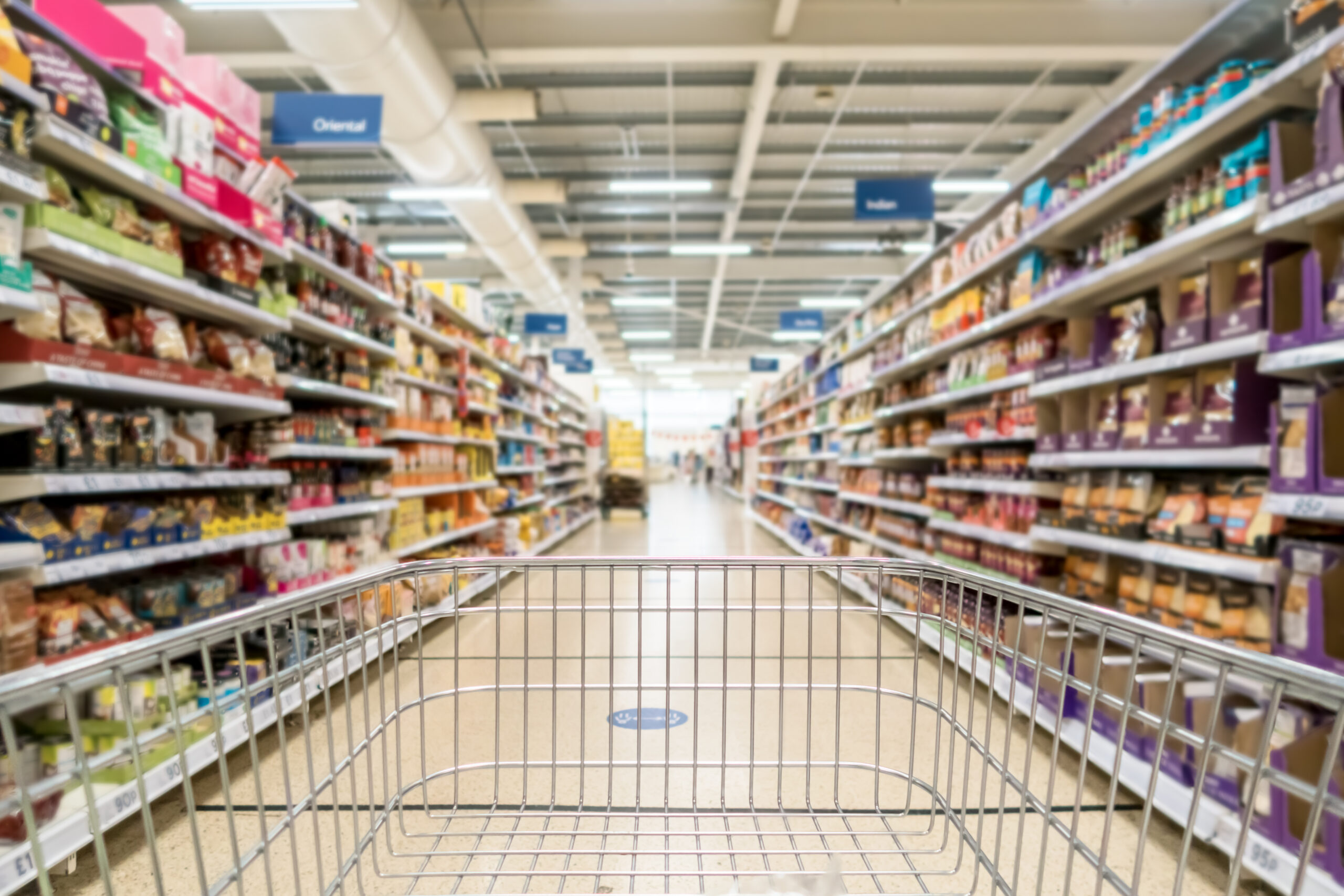When did you last go grocery shopping? Do you remember passing all those people, in that uncontrolled environment, coming from and going to places of which you have no inkling? In a study by Freeman, in collaboration with Epistemix, it was found that settings such as this, where individuals’ paths are crossed in an unprotected nature, are riskier than business events.
The study, which consisted of 5,607 attendees and exhibitors, revealed that, given the protected and controlled nature of business gatherings, which are also separate from the community at large, in-person events have little to no impact on community Covid-19 spread.
Read More: Study: Online Attendees are Having Less Fun
“When you look at what’s going on in Las Vegas, Boston or New York [City], what is driving most cases is local vaccination coverage and people getting back to normal everyday activities,” says John Cordier, CEO and co-founder of Epistemix.
A B2B event in New York in August, for instance, was shown to have less than a 0.1 percent infection rate, lower than the general United States population, at .29 percent, based on a seven-day average. Another contributing factor may be that vaccination rates at in-person business events tend to be higher, with more than 80 percent of attendees and exhibitors being shown to have received doses, compared with 54 percent of the general U.S. population.
Bob Priest-Heck, CEO of Freeman, also mentions the importance of proper ventilation. “What we’re learning is that [better ventilation] brings us more toward that outdoor type of scenario,” he says. “In many cases, if we compare the models of the outdoors to the indoors, depending on density, we see that, because of open bay doors and other various things, we can model out a lot of safety, even in these contained environments.”
Using a model by MIT, the study found that in a standard 100,000-square-foot facility with adequate ventilation a substantial amount of time will elapse before guidelines for health and safety for transmissibility are violated: In a room of 5,000 people, it would take 44 hours. “I don’t know about you, but I haven’t been in a room where they hold us for 44 hours,” Priest-Heck says. For 1,000 people, the hours until violation are even longer—220 hours, or nine days.
Read More: Freeman Study: Event Data is Driving Increased Revenue
As we enter fall and inch closer to winter, speculation about increased Covid-19 numbers is (forgive the pun) in the air. That doesn’t mean in-person events need to end, Cordier says. “There is a way to have these events safely. It’s not a matter of, ‘should the event happen?’ it’s, ‘what do we need to have in place to ensure the event can happen safely?’” he says.




